Chatrapati Shivaji Terminus
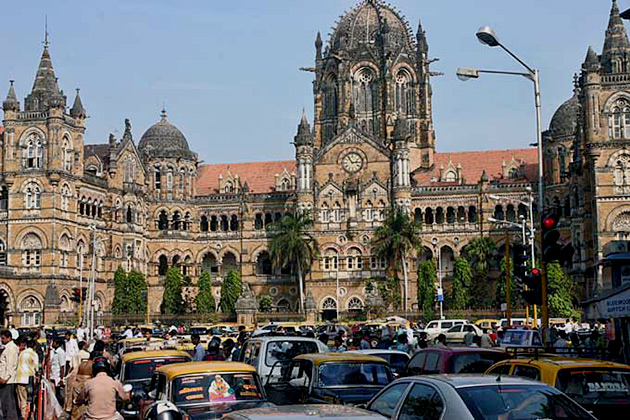 |
the former Victoria Terminus
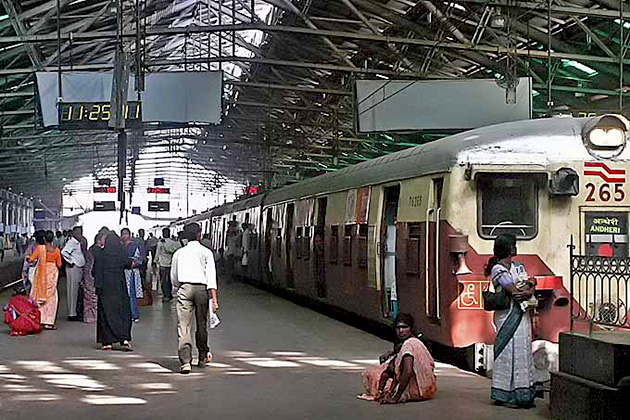 |
Mumbai
| India Map | Home | Page 1 of 2| Page Down |
|
|
Chatrapati Shivaji Terminus
|
the former Victoria Terminus
|
|
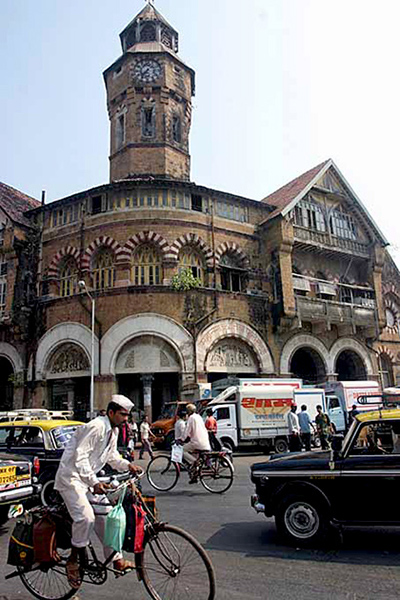 |
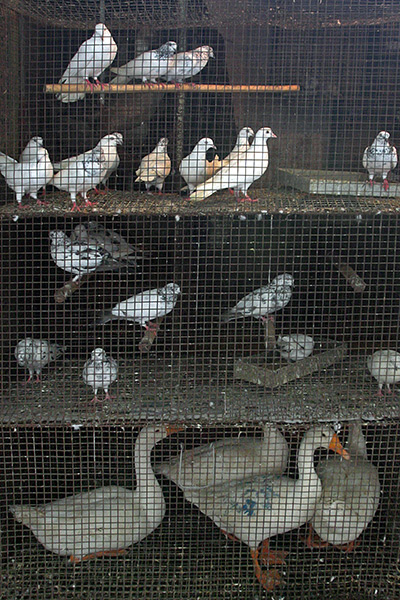 |
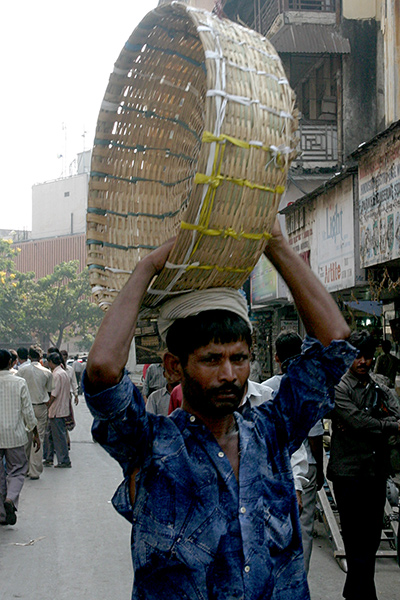 |
|
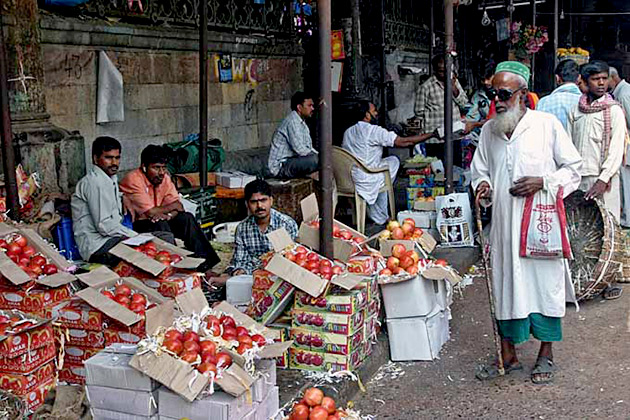 |
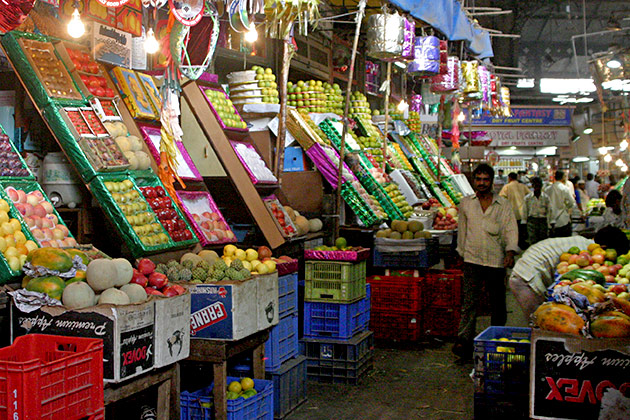 |
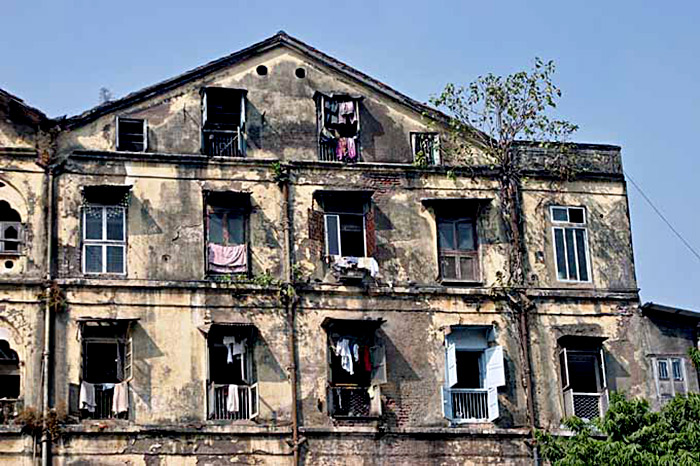 |
|
|
|
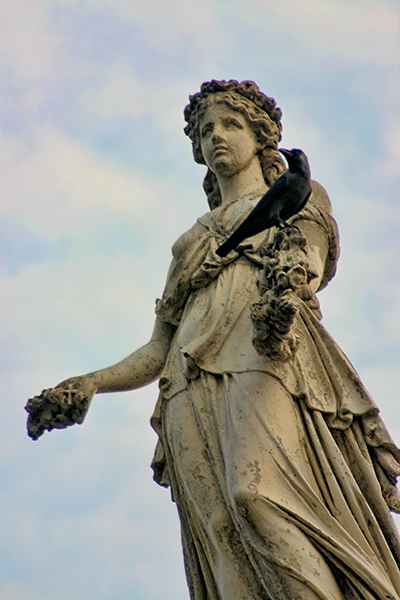 |
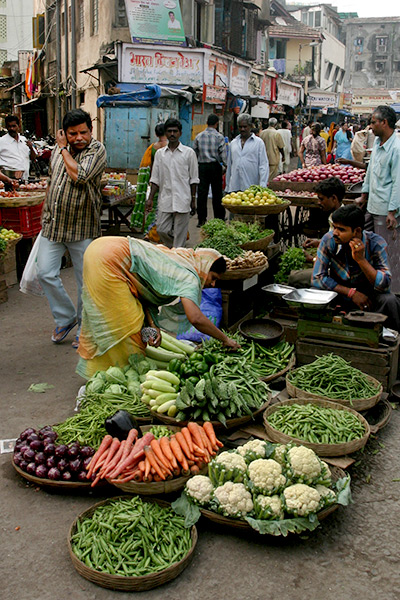 |
|
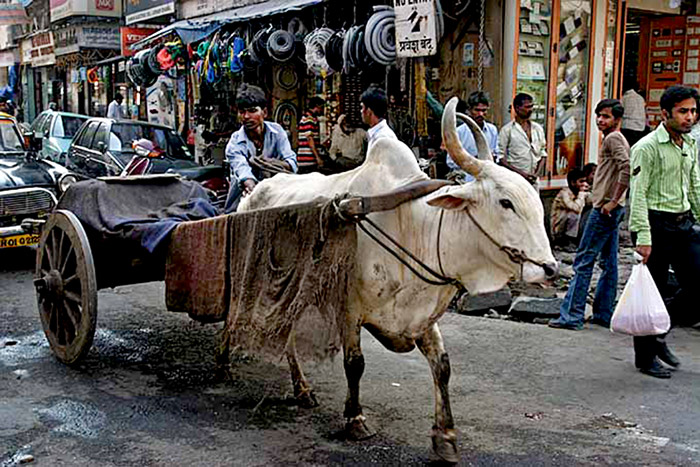 |
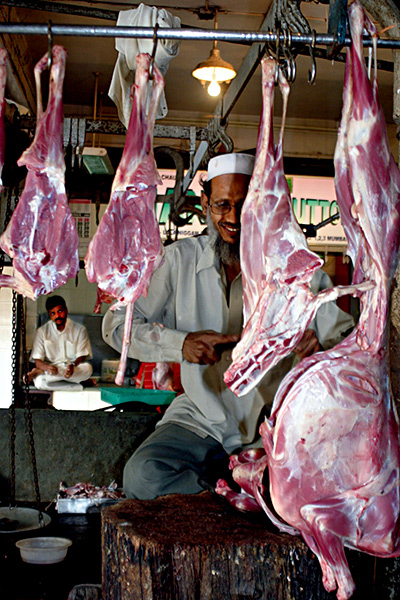 |
|
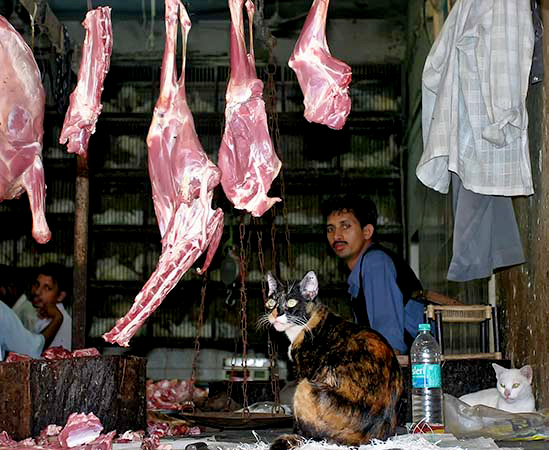 |
| India Map | Home | Page 1 of 2| Page Down |